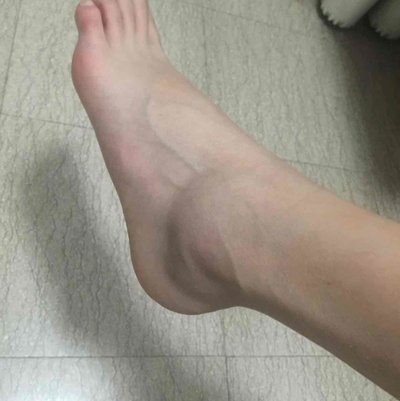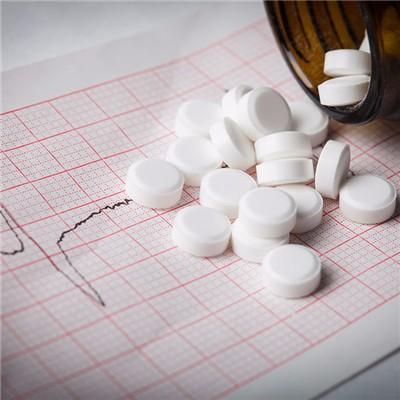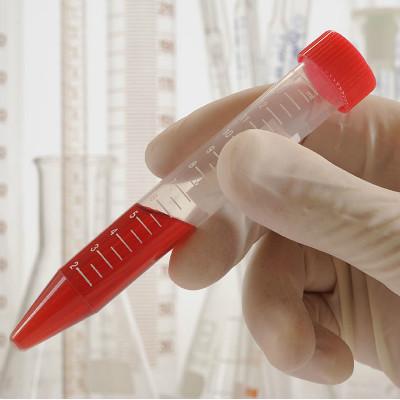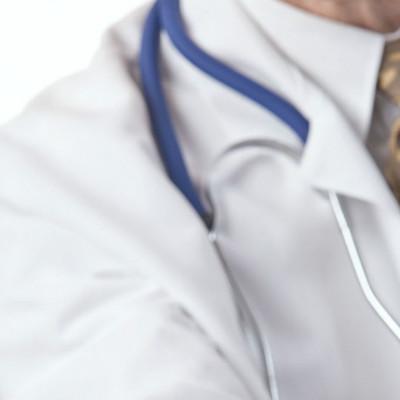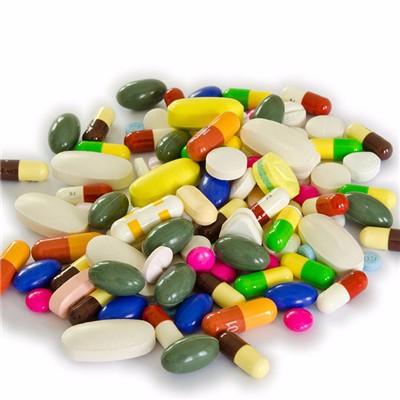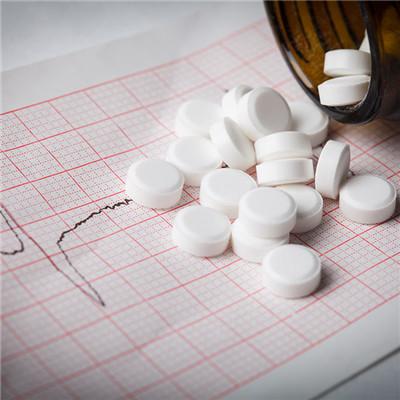Typical symptoms of type 2 respiratory failure?
summary
We really want to know which symptoms will appear in type 2 respiratory failure. Once we have respiratory failure, we need to pay attention to it. This disease is a very serious disease, especially type 2 respiratory failure, which has a very serious impact on the life safety of patients. Once this disease occurs, it will definitely lead to abnormal breathing of patients, The characteristics of this disease are very obvious in the early stage. These symptoms can help people to distinguish the occurrence of the disease and get treatment as soon as possible. If the treatment is not timely and the disease enters the late stage, then the patients can't leave the oxygen and bring great pain to the patients. So, what are the typical symptoms of type 2 respiratory failure? Let's talk about it now.
Typical symptoms of type 2 respiratory failure?
Dyspnea and cyanosis are symptoms that patients with respiratory failure have to mention. Cyanosis is characterized by dark purple color of lips, nails and tongue, as shown in the figure. When the carbon dioxide is moderately elevated, the superficial veins and capillaries of the extremities are dilated, showing that the limbs are flushed, sweating, warm, and when carbon dioxide retention is serious, there will be * congestion of the bulbar conjunctiva.
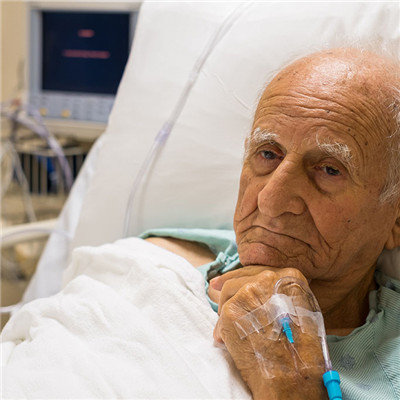
Carbon dioxide anesthesia can cause pulmonary encephalopathy. Carbon dioxide retention can lead to indifference of expression on the basis of the original disease, poor location, low reaction rate, the performance of daytime sleeps and waking up, severe delirium *, convulsions, etc., which can cause brain edema and hernia and death.
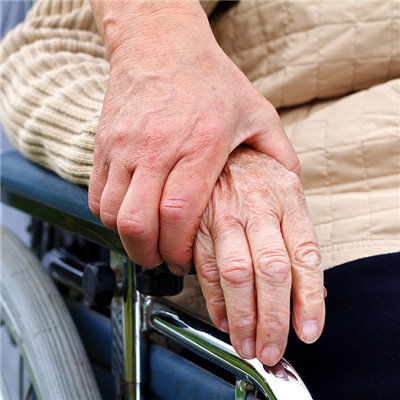
High concentration of oxygen inhalation will lead to the decrease of respiratory center's function of exciting respiration, thus aggravating hypoxia. Such a vicious cycle will lead to the death of patients due to respiratory depression. Therefore, low concentration and low flow oxygen inhalation should be used. Keeping the airway unobstructed is the most important measure. We should clean up the secretion of the airway in time, and tracheotomy when necessary.

matters needing attention
Avoid the inducement of respiratory failure, pay attention to strengthen the physique in daily life, and actively treat the primary disease of respiratory failure. We should make reasonable rest and activity plans, pay attention to the combination of work and rest, and strengthen self-care measures.

